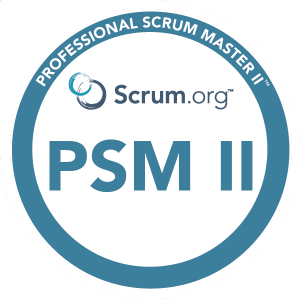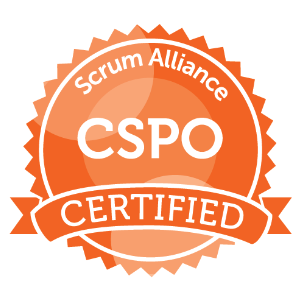Something as a practicing program manager I tend to always use as tenets when guiding teams, is relying on the spiritual bible of contemporary project management, and that’s the Agile Manifesto. Products of the Agile Alliance, the premise of the Manifesto is to simplify the practice of project management through a lightweight framework to build software expeditiously with bias for customer validation over processes and documentation and red tape.
The two drivers behind the manifesto are iterative and incremental development, over pre-medicated and over planning, and creating higher quality software in shorter time, or more concisely, build more with less.


